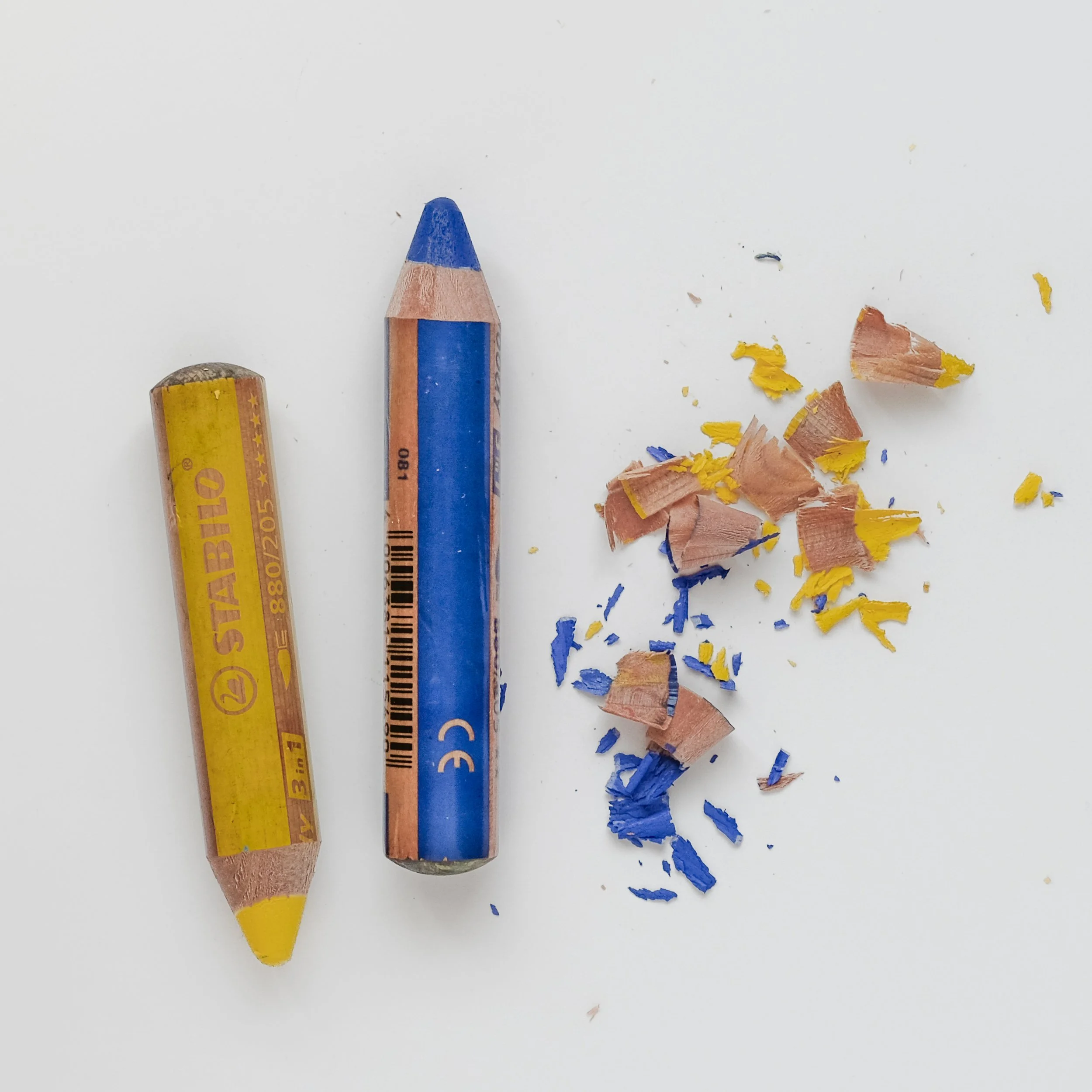Forget-me-nots and dandelions. Soda cans and beach towels. Crayon drawings of dawn and dusk, light and shadow, rain or shine. Summertime things, simple and bright.
It’s the language of refrigerator art by four-year-olds. Quarter-suns tucked into corners of vivid skies, the rays of sunshine thick and crooked like sticks. Sandy shores meeting the surf. Blonde moms in blue dresses.
It’s the universal language of pragmatism optimism. Of course you can be a happy family—even if you’re poor, old, or single—as long as you assemble that IKEA bookshelf, tidy up your crafting area, and steam something joyful for dinner.
That the Russian flag—or the Polish one, or the American—might spell sacrifice and bloodshed, I can understand. But this? This is going against everything culture has created.
People are fleeing under a banner of yellow and blue.
People are fleeing, and if they ever get to assemble new furniture again, their lives will have been an improbable success.
People are fleeing in a way people whose language I understand used to seem to me to only have had to flee before I was ever born.
A war zone is one border crossing away from my home and what I can’t stop thinking about is that the flag of the country under attack is yellow and blue.
When fear strikes, everyone wants some safety.







